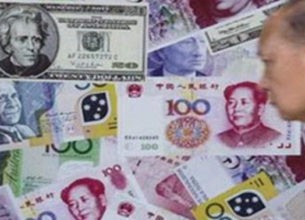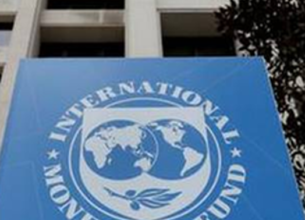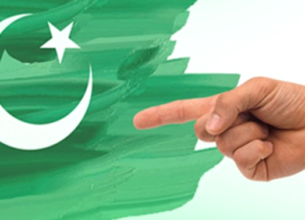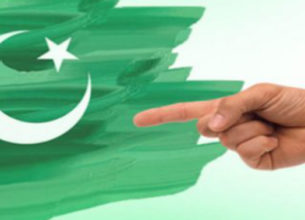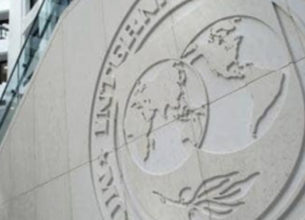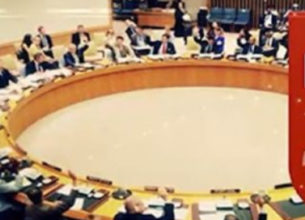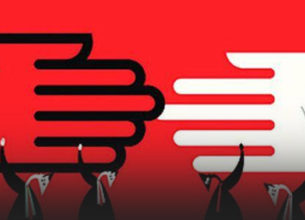FATF GREY LIST
19, Feb 2020
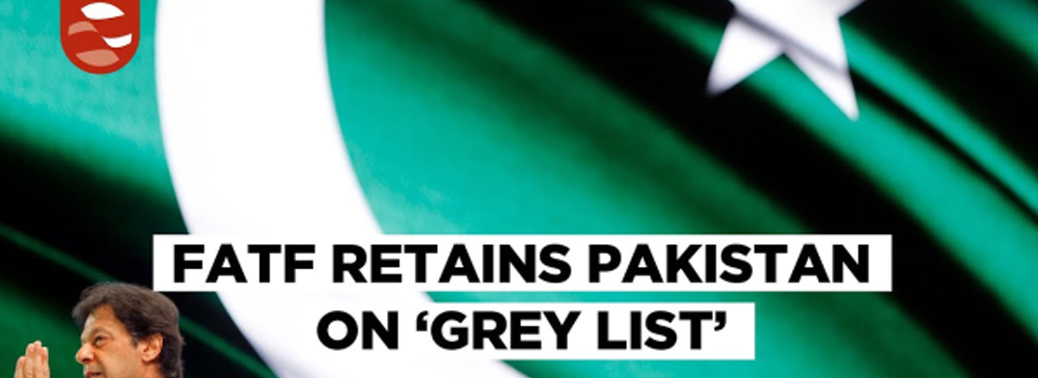
Prelims level : International Relations & Organizations.
Mains level : GS-II Important International Institutions, Agencies and fora- their Structure, Mandate.
Why in News?
- The International Co-operation Review Group (ICRG) of the Financial Action Task Force (FATF) recently recommended that Pakistan should be retained on the “Grey List”.
About FATF:
- The Financial Action Task Force (FATF) is an Inter-Governmental Body established in 1989 during the G7 Summit in Paris.
- The objectives of the FATF are to set standards and promote effective implementation of legal, regulatory and operational measures for combating money laundering, terrorist financing and other related threats to the integrity of the international financial system.
- Its Secretariat is located at the Organisation for Economic Cooperation and Development (OECD) headquarters in Paris.
- Member Countries: As of 2019, it consists of thirty-seven member jurisdictions. India is one of the members.
- FATF has Two Lists:
- Grey List: Countries that are considered safe haven for supporting terror funding and money laundering are put in the FATF grey list. This inclusion serves as a warning to the country that it may enter the blacklist.
- Black List:Countries known as Non-Cooperative Countries or Territories (NCCTs) are put in the blacklist. These countries support terror funding and money laundering activities. The FATF revises the blacklist regularly, adding or deleting entries.
- The FATF Plenary is the decision-making body of the FATF. It meets three times per year.
FATF and Pakistan:
- Pakistan was placed on the grey list by the FATF in June 2018 and was given a 27 point plan of action to complete by October 2019, or face the risk of being placed on the black list with Iran and North Korea.
- Pakistan was previously placed on the FATF’s grey list in February 2012, and had been removed from the grey list in February 2015 after it passed a National Action Plan (NAP) to deal with terrorism after the Peshawar School massacre in December 2014.
- It was placed under severe restrictions in the years 2008-2012.
- Now due to its failure to completely implement the 27-point action plan to check terror financing Pakistan has been retained in the FATF’s Grey list.
- The FATF noted the insufficiency of Pakistan’s implementation as “serious concerns”.
- The main purpose behind the decision is to not punish rather than incentivise, to make the required changes and make them faster.
What are the impacts on Pakistan?
- By remaining on the “Grey List”, it would be difficult for Pakistan to get financial aid from the International Monetary Fund (IMF), World Bank and European Union, making its financial condition more precarious.
- However, there are no immediate implications for the recent $6 billion loan negotiated with the IMF that is to be disbursed over the next three years.
- The country is facing a number of economic challenges with its economy expected to grow at 3.3 % in 2019 and 2.6% in 2020, according to IMF.
- Inflation is set to touch 7.3% in 2019, up from 3.9% in 2018, and rise to 13% in 2020.
- Fiscal deficit is projected at 7.1% of GDP in 2020, the highest in the last seven years.




